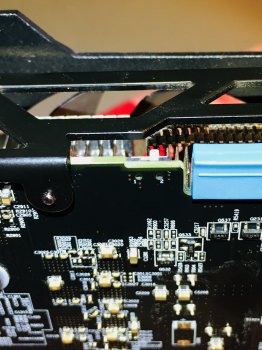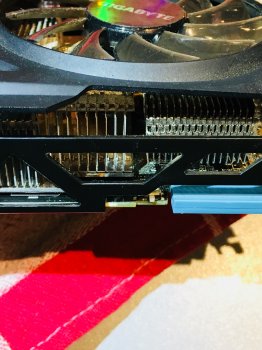Mid 2010
Processor 2 x 2.93 GHz 6-Core Intel Xeon
Memory 12 GB 1066 MHz DDR3 ECC
Graphics ATI Radeon HD 7xxx 3072 MB (7950 I don't know why About this mac lists it as 7xxx)
Software Mac OS X Lion 10.7.5
I have all the other software to help make sure I don't destroy my GPU, but ATIccelerator 2 can't recognize my graphics card. Not sure if it even works on lion. Any help would be greatly appreciated.
-JL
Processor 2 x 2.93 GHz 6-Core Intel Xeon
Memory 12 GB 1066 MHz DDR3 ECC
Graphics ATI Radeon HD 7xxx 3072 MB (7950 I don't know why About this mac lists it as 7xxx)
Software Mac OS X Lion 10.7.5
I have all the other software to help make sure I don't destroy my GPU, but ATIccelerator 2 can't recognize my graphics card. Not sure if it even works on lion. Any help would be greatly appreciated.
-JL








